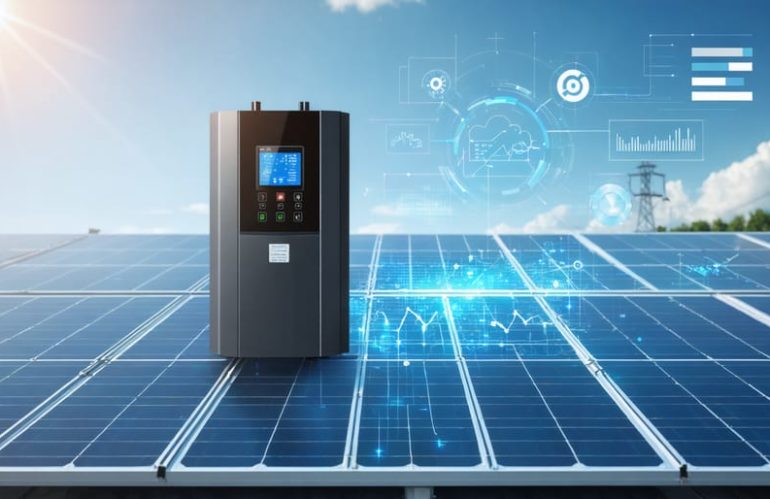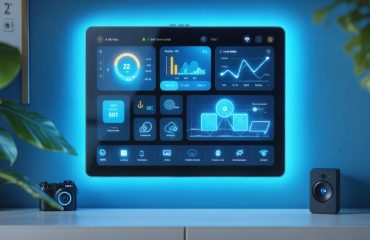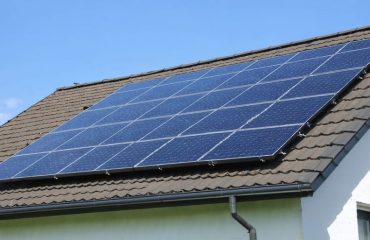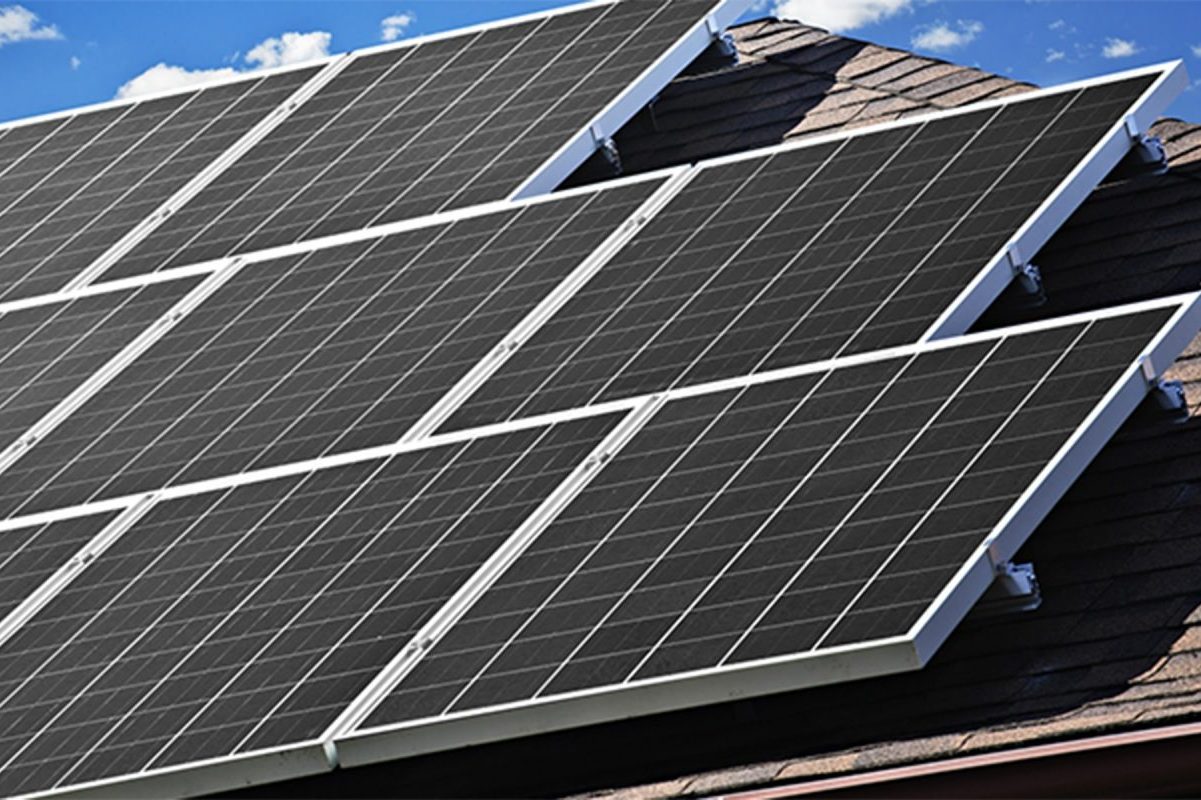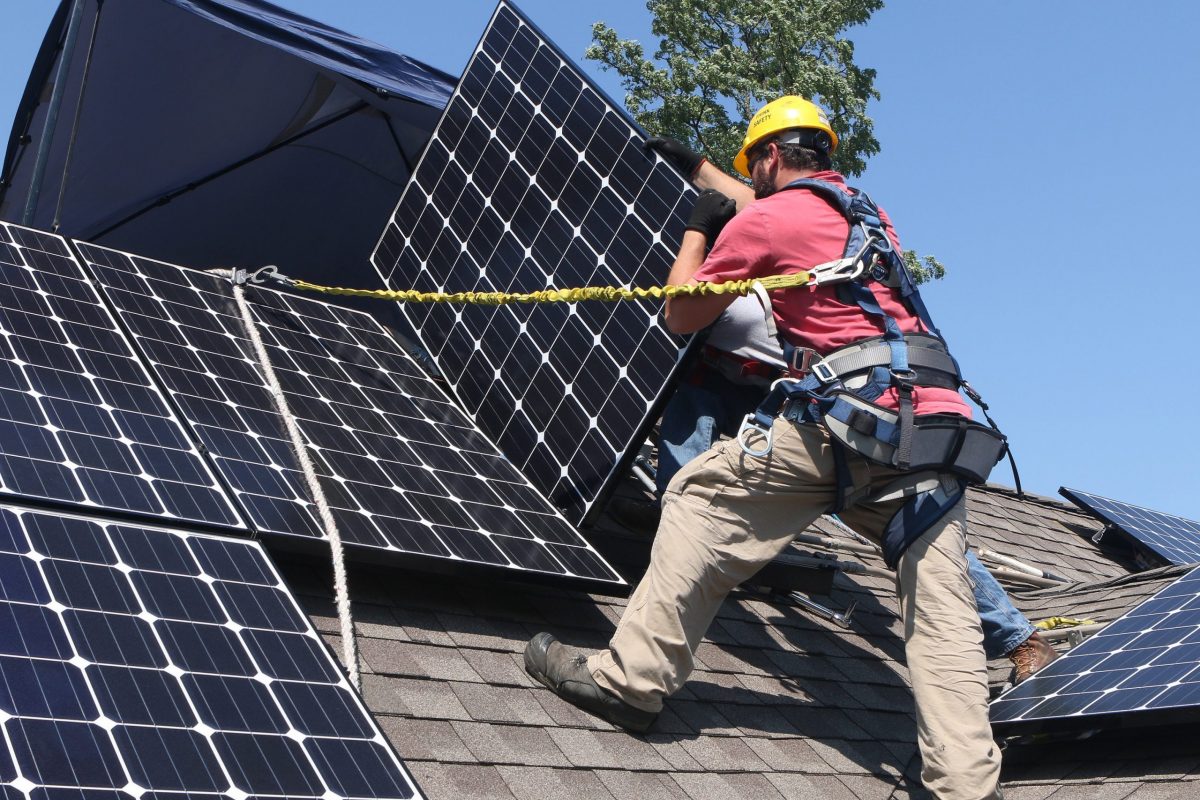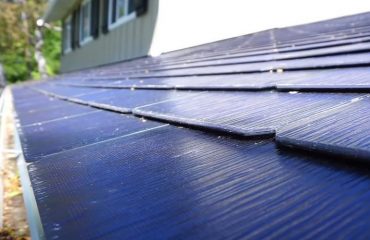Solar inverters, the unsung heroes of your home’s solar power system, typically last 10-15 years before requiring replacement – about half the lifespan of your solar panels. Understanding this critical timeline helps homeowners plan for future investments and maintain optimal energy production from their solar installations. While high-quality inverters from leading manufacturers can sometimes exceed this timeframe, several factors influence their longevity, including installation quality, local climate conditions, and maintenance practices.
As the brain of your solar power system, inverters work tirelessly to convert DC power from your panels into usable AC electricity for your home. Their replacement represents one of the most significant maintenance costs in a solar system’s lifetime, but also an opportunity to upgrade to more efficient technology. Modern inverters offer enhanced monitoring capabilities, improved energy conversion rates, and smart features that can significantly boost your system’s overall performance and return on investment.
Understanding Solar Inverter Lifespan
Average Lifespan Expectations
Most modern solar inverters have an average lifespan of 10 to 15 years, though some premium models can last up to 20 years with proper maintenance. This lifespan generally aligns with industry warranty periods, which typically range from 10 to 12 years for standard string inverters and 20 to 25 years for microinverters.
The expected lifespan varies depending on several factors. String inverters, the most common type for residential installations, usually operate reliably for about 12 years. Microinverters, while more expensive initially, tend to last longer, with many manufacturers offering 25-year warranties. Central inverters used in commercial installations typically last 10 to 15 years.
Real-world performance data shows that inverters installed in moderate climates with proper ventilation and regular maintenance often exceed these average lifespans. However, those exposed to extreme temperatures or installed in dusty environments might need replacement sooner. It’s worth noting that many homeowners choose to proactively replace their inverters around the 10-year mark to take advantage of newer, more efficient technology, even if the original unit is still functioning.
Signs Your Inverter Needs Attention
Keeping an eye on your solar inverter’s performance can help you catch potential issues before they become major problems. Watch for any sudden drops in your system’s energy production, which might indicate your inverter isn’t converting power as efficiently as it should. Check your monitoring system regularly for error codes or warning messages, particularly during peak sunlight hours.
Strange noises like buzzing or humming that wasn’t present before could signal internal components are wearing out. If you notice your inverter frequently shutting down and restarting, especially on hot days, this might indicate cooling system problems or internal damage. Similarly, if the display screen becomes dim, erratic, or stops working altogether, it’s time to call a professional.
Physical signs of wear such as discoloration, rust, or damaged casing should never be ignored. Pay attention to any burning smells or excessive heat coming from the unit. Also, keep an eye on your electricity bills – if they’re creeping up despite similar usage patterns, your inverter might be losing efficiency and need attention.
Remember, addressing these warning signs promptly can extend your inverter’s life and maintain your solar system’s performance.
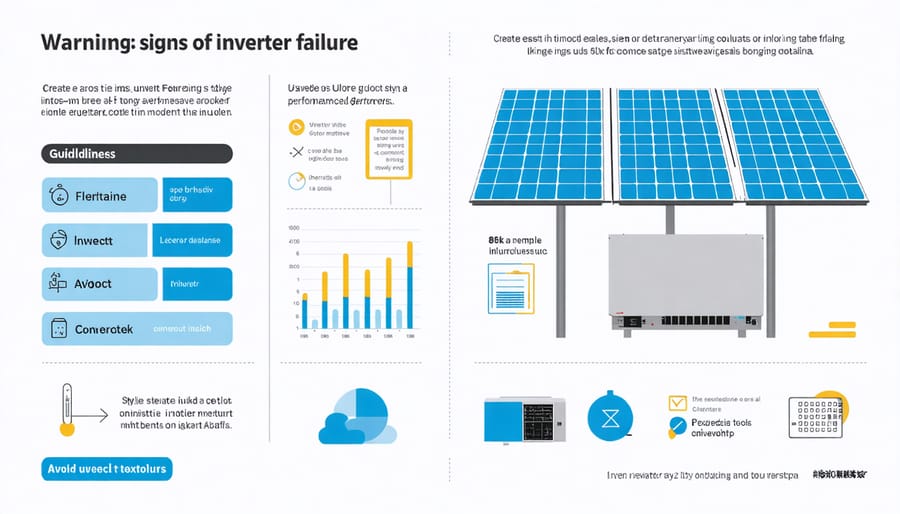
Modern Inverter Technology Advancements
Smart Monitoring Features
Modern solar inverters come equipped with sophisticated monitoring capabilities that can significantly extend their lifespan through proactive maintenance. These smart solar upgrades allow homeowners to track system performance in real-time through user-friendly mobile apps and web portals.
The latest monitoring features include automatic fault detection, which alerts you immediately when performance drops below expected levels. This early warning system helps prevent minor issues from developing into costly repairs. Many systems now offer detailed power production analytics, showing daily, monthly, and yearly energy generation patterns, making it easier to spot gradual efficiency declines.
Weather integration is another valuable feature, automatically adjusting performance expectations based on local conditions. This helps differentiate between normal weather-related fluctuations and actual system problems. Some advanced inverters even use artificial intelligence to predict potential failures before they occur, scheduling maintenance at the optimal time.
Remote troubleshooting capabilities allow technicians to diagnose problems without an initial site visit, saving time and money. The system can often automatically adjust settings to optimize performance, ensuring your inverter operates within safe parameters. These smart features not only help extend your inverter’s life but also maximize your solar investment by maintaining peak efficiency throughout its operational years.
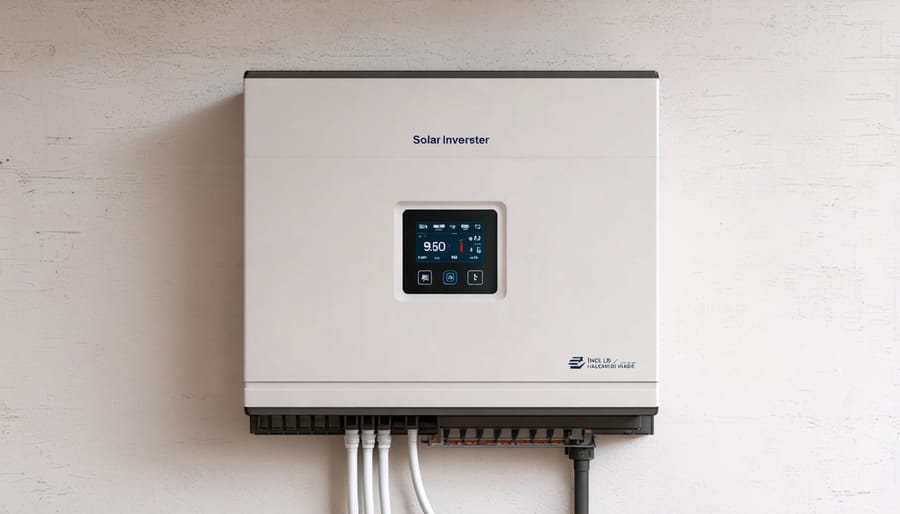
Efficiency Improvements
Today’s modern inverter technology has made remarkable strides in maximizing solar energy production, offering homeowners significantly better returns on their solar investment. These advanced inverters incorporate sophisticated power optimization features that can increase energy yield by up to 25% compared to older models.
One of the most notable improvements is Maximum Power Point Tracking (MPPT), which continuously adjusts the electrical operating point to capture the most energy possible throughout the day. This means your system performs better even during less-than-ideal conditions, such as partial shade or cloudy weather.
Smart monitoring capabilities now allow homeowners to track their system’s performance in real-time through user-friendly apps. This immediate feedback helps identify and resolve efficiency issues before they impact your energy production significantly.
Many new inverters also feature advanced grid support functions, helping your system maintain stable power output even during grid fluctuations. This not only protects your home’s electronics but also ensures more consistent energy production.
Additionally, newer models are more efficient at converting DC power to AC power, with some achieving efficiency rates above 98%. This means almost all the power your panels generate makes it to your home’s electrical system, resulting in lower energy losses and better overall system performance.
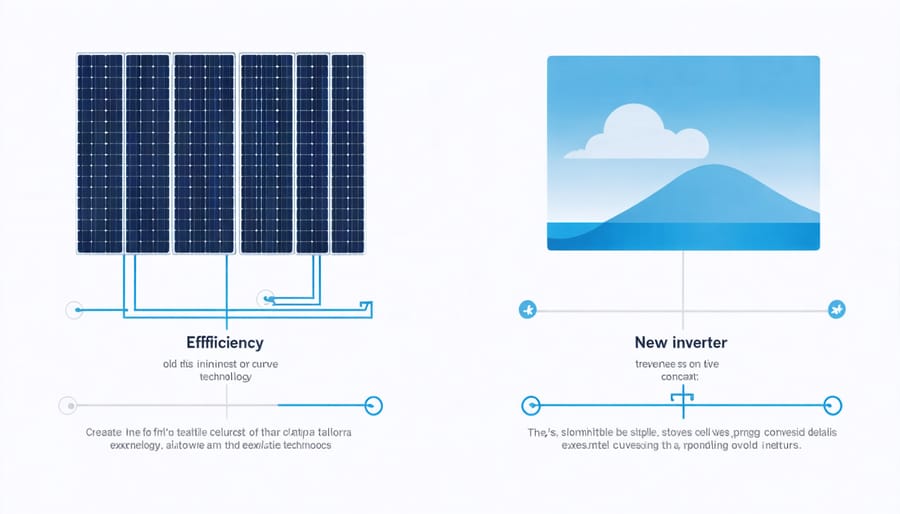
When to Consider an Upgrade
Cost-Benefit Analysis
When evaluating whether to upgrade your solar inverter, it’s essential to consider both immediate costs and long-term benefits. A new string inverter typically costs between $1,000 and $2,500, while microinverters can range from $2,500 to $4,000 for a standard residential system. However, these costs should be weighed against potential energy savings and increased system efficiency.
Modern inverters offer 97-98% efficiency ratings, compared to older models that might operate at 90-95% efficiency. This improvement can translate to approximately $100-200 in additional annual energy savings. Additionally, newer inverters often come with smart monitoring capabilities and enhanced safety features that can help prevent system failures and optimize performance.
Consider that while the upfront cost might seem significant, the return on investment typically occurs within 5-7 years through improved efficiency and reduced maintenance costs. Many manufacturers also offer warranties of 10-12 years on new inverters, providing peace of mind and protection for your investment.
Factor in potential incentives and tax credits available for solar equipment upgrades, which can significantly reduce your out-of-pocket expenses. Some utility companies also offer rebates for upgrading to more efficient solar equipment, making the investment even more attractive.
Future-Proofing Your System
As solar technology continues to advance, upgrading your inverter can bring significant benefits to your solar power system. Modern inverters offer improved efficiency ratings, often converting up to 98% of DC power to AC power, compared to older models that typically achieved 90-95% efficiency. This translates to more energy production and greater savings on your electricity bills.
New inverters come equipped with smart monitoring capabilities, allowing you to track system performance through smartphone apps and web portals. This real-time data helps you identify potential issues before they become serious problems and optimize your energy consumption patterns.
Many current models also feature enhanced grid support functions, making them compatible with battery storage systems and ready for future smart grid integration. This flexibility means you can easily add battery backup or participate in grid services programs as they become available in your area.
Additionally, newer inverters often include advanced safety features and improved surge protection, helping safeguard your entire solar investment. They’re also typically smaller, quieter, and more reliable than their predecessors, making them an attractive upgrade option for homeowners looking to maximize their system’s performance and longevity.
Maximizing Your Investment
To get the most out of your solar inverter and ensure its longest possible lifespan, regular maintenance and proper care are essential. Start by keeping the area around your inverter clean and well-ventilated, as excess heat can significantly impact its performance and longevity. Make it a habit to check for dust accumulation monthly and clean the cooling fins gently with a soft brush.
Monitor your inverter’s performance through its display panel or monitoring system regularly. Many modern inverters come with smartphone apps that make maximizing your solar investment easier by alerting you to potential issues before they become serious problems.
Install your inverter in a protected location away from direct sunlight and weather exposure. If possible, choose a cool, dry space inside your garage or a covered area. This simple step can add years to your inverter’s life. Additionally, consider installing surge protection devices to guard against power spikes that could damage your inverter.
Schedule annual professional inspections to catch any developing issues early. During these check-ups, technicians can verify proper wire connections, update firmware if needed, and ensure optimal performance settings. By following these maintenance practices, you can potentially extend your inverter’s lifespan beyond the typical warranty period and maintain peak efficiency throughout its service life.
Understanding your solar inverter’s lifespan is crucial for maintaining an efficient solar power system. With proper maintenance and monitoring, most inverters can serve you reliably for 10-15 years. Regular check-ups, protecting your inverter from extreme weather, and working with qualified technicians can significantly extend its operational life. When the time comes for replacement, consider upgrading to newer technology that offers improved efficiency and smart monitoring features. Remember to keep warranty documentation, schedule annual inspections, and start planning for replacement a few years before your inverter reaches the end of its expected lifespan. By taking these proactive steps, you’ll maximize your solar investment while ensuring consistent energy production for your home.

